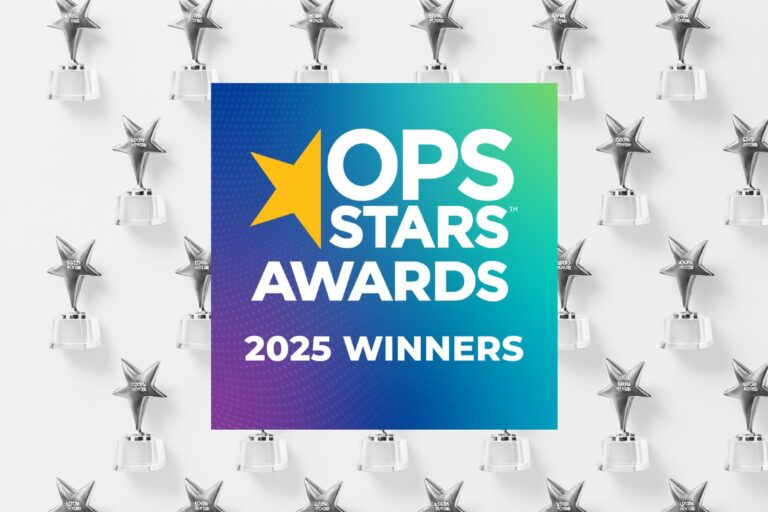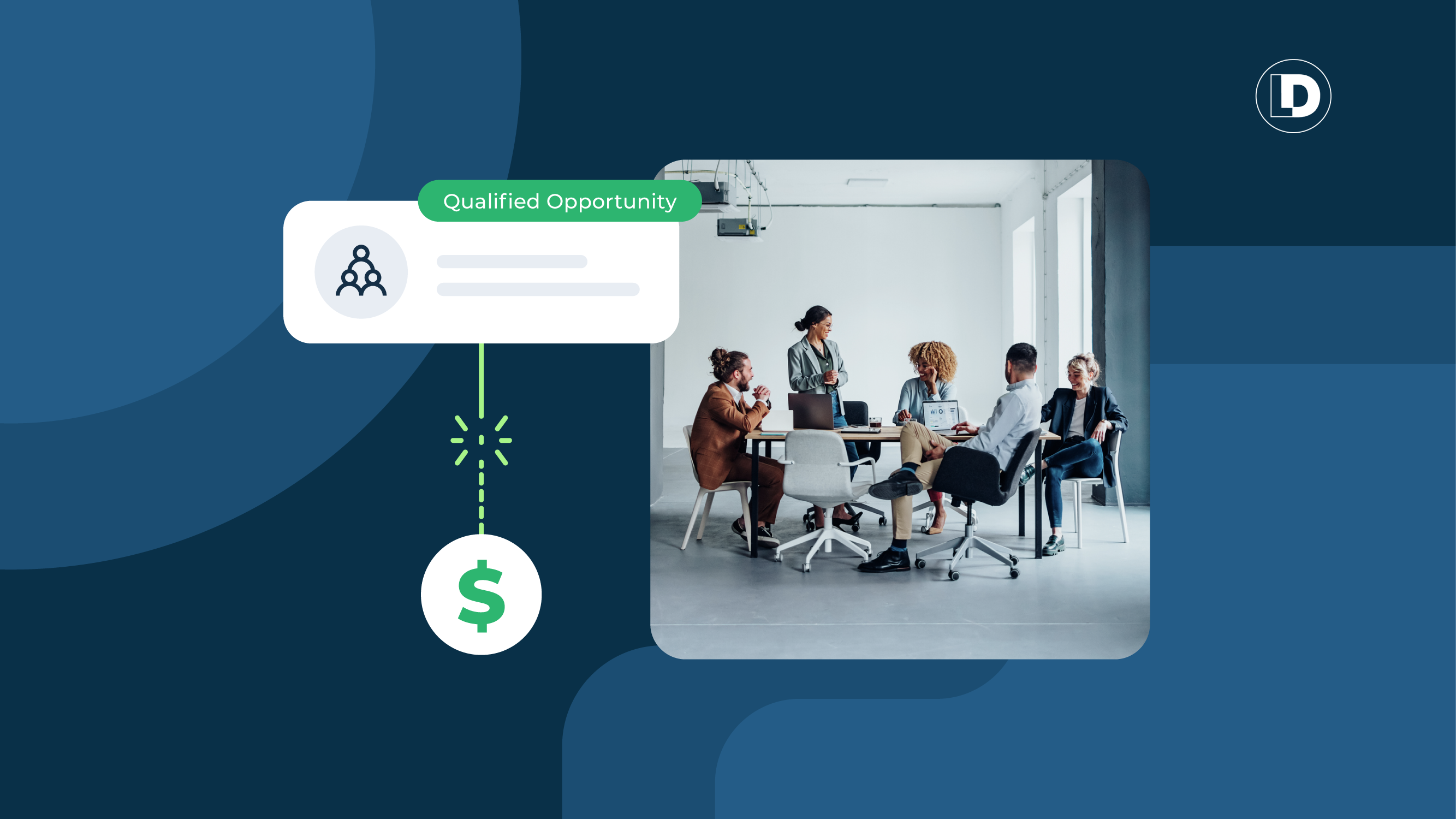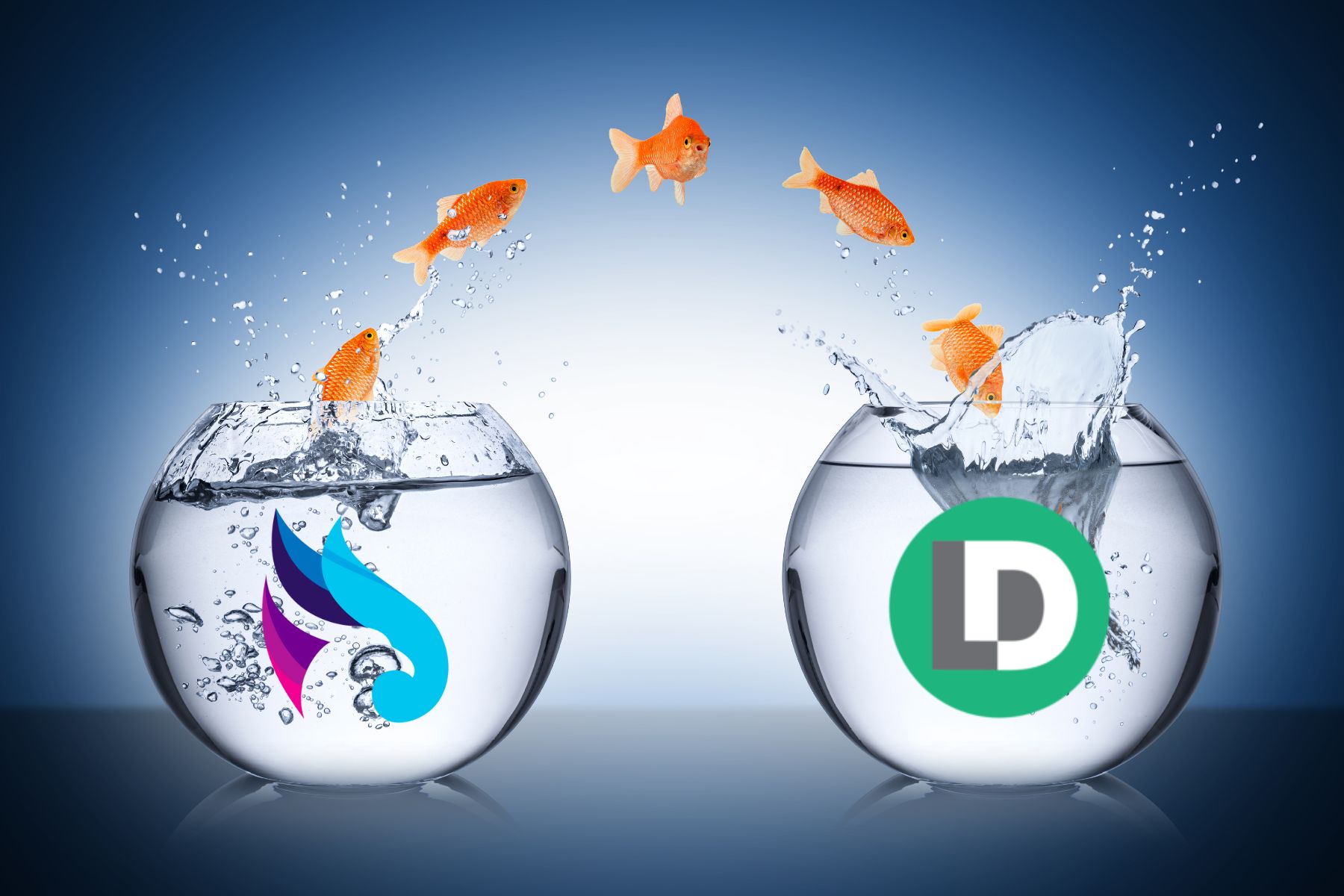There’s a new, Opportunity-centric sales motion gaining traction and it’s primed and ready to disrupt old MQL models.
Many B2B sellers are finally waking up to the reality that the traditional process of qualifying individual Leads or targeting large Accounts isn’t effective.
Applying Lead-centric or legacy ABM processes to members of a buying group results in a longer sales cycle, a poor buying experience, a leaky sales funnel, and wasted marketing investment.
The key is pursuing the whole buying group.
That’s the superpower of an Opportunity motion.
So let’s get you up to speed on this revolutionary go-to-market strategy.
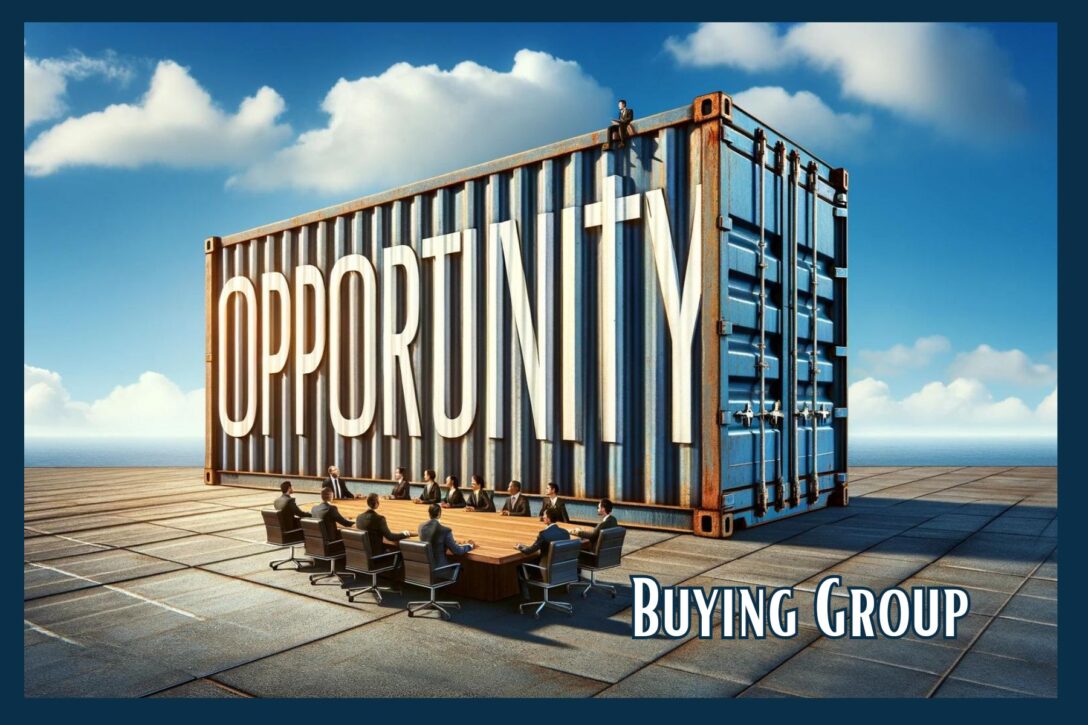
What is an Opportunity Motion?
An Opportunity motion recognizes that today’s B2B buyer is a group of individuals, each performing a specific role on the buying committee. In this motion, Marketing teams focus on identifying members of the buying committee and engaging with all of them.
Then, as Marketing creates and qualifies a buying group, the group is placed into an Opportunity and sent to the Sales team.
Thus, an Opportunity-centric motion, also known as a buying group motion or Opportunity motion, is a natural extension of Lead-centric and ABM models.
The Opportunity object is like a container tied to a solution that has the ability to hold multiple contacts from a buying group.
The Opportunity object not only reflects how sellers think, it matches how B2B buyers buy.
What Are the Benefits of an Opportunity-Centric Motion?
Buying groups have a huge propensity to buy. That is their purpose: to vet a solution and make a purchase decision.
Other benefits of an Opportunity-centric motion include:
Improved Conversions
Streamlined Efficiency
Increased Revenue
Enhanced Alignment

What are the Fundamental Building Blocks?
There are five fundamental building blocks Marketing and Sales teams need to consider in a Opportunity-centric motion:
- Who is in the buying group?
- What solution are they looking for?
- What are the key roles and buying drivers?
- How can we connect these people and qualify them?
- How can we orchestrate the go-to-market motion?
Buying groups are made up of multiple departments, roles, and personas. While an individual’s department and persona are static, their role on the buying committee may change depending on the product under consideration.
Which Organizations Should Use a Buying Group Motion?
The two primary characteristics of companies who will benefit from an Opportunity motion are fairly straightforward:

#1 Multiple People Involved in the Buying Process
The organization is selling to a buying committee. The product or service being sold requires input from multiple individuals and stakeholders in order to make a purchase decision.
#2 High Consideration Direct Purchase
The product being sold is a high consideration, direct purchase. This means the buyers will spend time and energy researching the product and will carefully weigh their options before making a decision.
In addition, the product is typically sold directly from the seller. The buying process is not an ecommerce, self-driven purchase.
How Does Technology Enable an Opportunity Motion?
On a tactical level, an Opportunity-centric motion is played out in three basic stages:
Stage Two
Stage Three
It’s important to note the processes within these stages are not silo-based. The entire revenue motion is highly collaborative between Marketing and Sales.
Mapping Out the Tech Stack
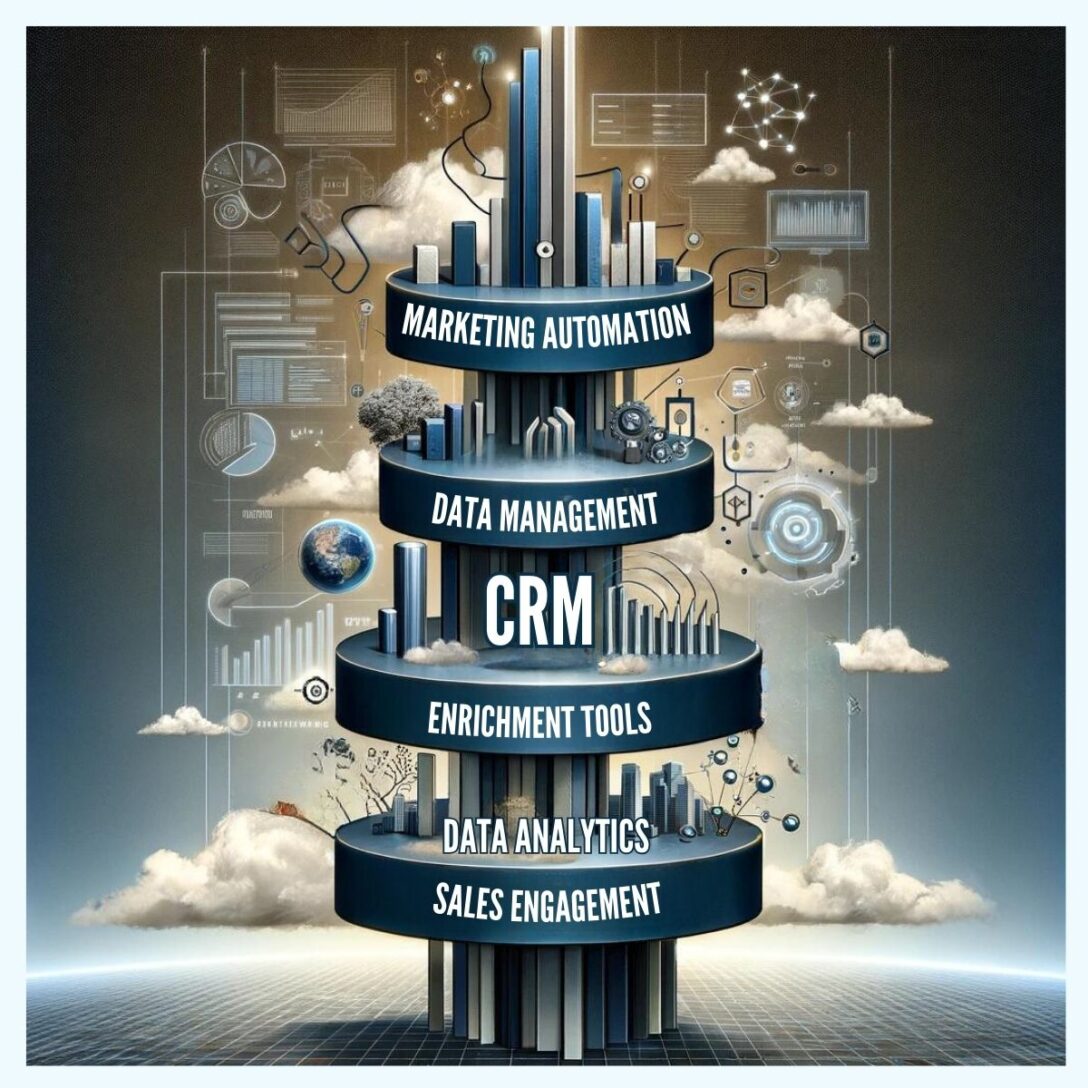
LeanData customers who have successfully transitioned to a buying group motion have taken two primary paths in regards to their tech stack: (1) re-architecting existing systems without adding any new tech, and (2) reconfiguring existing systems as well as buying new tech.
While tech stacks vary, a buying group motion will most likely include the following categories:
- Marketing Automation Platform
- CRM
- Data Management & Enrichment Tools
- Data Analytics Tool
- Sales Engagement Platform
How Does LeanData Operationalize an Opportunity-Centric Motion?
With efficiency top-of-mind, LeanData Revenue Orchestration helps operationalize all three stages of the Opportunity motion as follows:
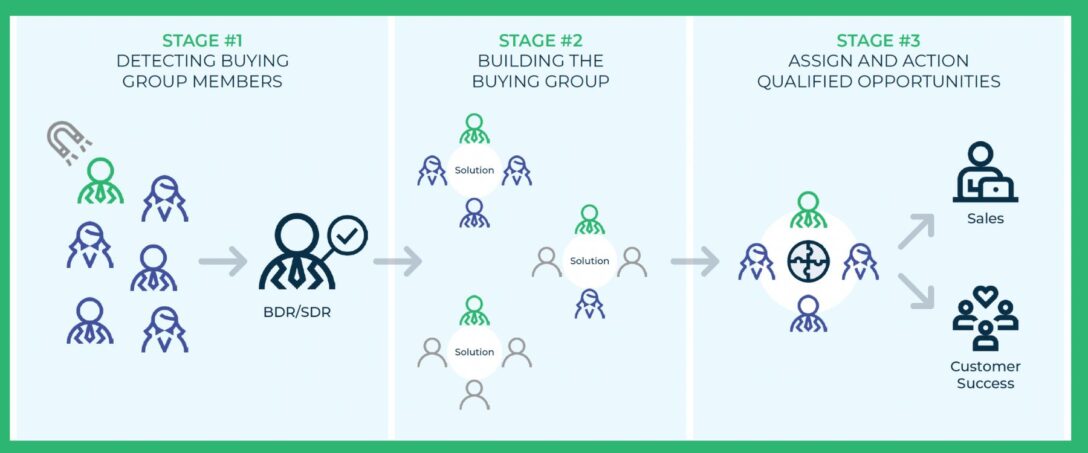
Stage One – Detecting Buying Group Members
LeanData offers automated workflows that capture individual inquiries and buying signals from new or updated Leads, Contacts, and Campaign Members.
Our platform also recognizes signals from other sources such as 6sense and UserGems.
LeanData matches the signals to an existing Contact, Account, and/or Opportunity and then performs a variety of actions such as converting a Lead to a Contact, merging duplicates, cross-object updating, and any-object routing.
Stage Two – Building the Buying Group
LeanData uses Contact Roles to centralize buyer data and activity around an Opportunity. LeanData can auto-create an Opportunity, route to a matched Opportunity, create tasks, and create Opportunity Contact Roles.
Stage Three – Assign and Action Qualified Opportunities
LeanData’s best-in-class routing capabilities deliver qualified Opportunities, with buying groups intact, to the right sellers, enabling a faster time to sales touch with automated notifications and SLA tracking.
Routing features include weighted round robins, territory routing, and matched Opportunity routing.

Embrace the Opportunity Motion for GTM Success
Navigating the transition from Lead-centric and ABM strategies to an Opportunity-centric, go-to-market motion is admittedly no simple feat.
This transformation requires a thorough internal process evaluation, an understanding of industry best practices and data management strategies, and potentially the adoption of new technologies.
However, continuing to apply MQL and ABM models to a buying group scenario is inefficient, largely ineffective, and will not result in the revenue growth your organization is seeking.
Consider consulting groups like Forrester and others to guide your steps.
And, as always, LeanData is here to help.






